The Power of Kubernetes: Key Features You Need to Know
Kubernetes, an open-source framework for container orchestration, emerged from Google’s innovation. This powerful platform automates the intricate tasks of deploying, scaling, and administering containerized applications. Essentially, Kubernetes serves as a comprehensive framework for the automation of these critical aspects of containerized application management. It brings about a level of simplification that empowers businesses to harness the full potential of containers for their application development, deployment, and scaling needs, effectively streamlining and easing the burdens of the often laborious procedures associated with controlling and overseeing containerized applications.
The fundamental feature of Kubernetes is the ability to specify where, how, and how long your containerized applications should run. Whether managing containers in a public cloud, a local data center, or a hybrid environment, it abstracts the underlying technology and offers a uniform API.
Kubernetes offers several key components and features, including Pods (the smallest deployable units in Kubernetes), Deployments (for managing application updates and rollbacks), Services (for network access and load balancing), and many more, to help you effectively manage and orchestrate containerized workloads.
Key Features of Kubernetes
1. Container Orchestration:
Container orchestration is where Kubernetes shines. It enables you to specify where, how, and how your containers should communicate with one another while running. Here is a straightforward illustration of a YAML Kubernetes Pod definition:
apiVersion: v1
kind: Pod
metadata:
name: my-pod
spec:
containers:
- name: my-container
image: my-image:latestThis Pod defines a single container, specifying its image and other configurations.
2. Scaling:
Kubernetes makes it easy to scale your applications horizontally. You can define the desired number of replicas for your workloads, and Kubernetes will ensure they are maintained. For instance, to scale a deployment to three replicas:
apiVersion: apps/v1
kind: Deployment
metadata:
name: my-deployment
spec:
replicas: 3
template:
metadata:
labels:
app: my-app
spec:
containers:
- name: my-container
image: my-image:latest3. Load Balancing:
Kubernetes provides built-in load balancing for your services. When you expose a service, it automatically distributes traffic across the available Pods. Here’s an example of a Service definition:
apiVersion: v1
kind: Service
metadata:
name: my-service
spec:
selector:
app: my-app
ports:
- protocol: TCP
port: 80
targetPort: 804. Self-healing:
Kubernetes ensures that your applications are highly available. If a Pod fails, it will automatically be replaced. This self-healing capability is crucial for maintaining application reliability.
5. Rolling Updates and Rollbacks:
Kubernetes simplifies the process of updating applications. You can perform rolling updates with ease and rollback to a previous version if issues arise. Here’s an example of a rolling update using a Deployment:
kubectl set image deployment/my-deployment my-container=my-new-image:latest
6. Config Management:
Kubernetes provides ConfigMaps and Secrets for managing configuration data and sensitive information, such as API keys or database credentials. You can then mount these into your Pods as environment variables or volumes.
apiVersion: v1
kind: ConfigMap
metadata:
name: my-config
data:
app.config: |
key1: value1
key2: value27. Declarative Configuration:
Kubernetes relies on declarative configuration, allowing you to specify the desired state of your applications rather than imperatively instructing how to achieve it. Kubernetes will continuously work to ensure your system aligns with your declared configuration.
Benefits of Kubernetes
For organizations and development teams looking to construct and oversee containerized applications, the utilization of Kubernetes yields a multitude of benefits. Here are several key advantages to consider:
- Scalability: Kubernetes allows you to easily scale your applications up or down based on demand. This ensures that your services can handle varying workloads without manual intervention.
- High Availability: Kubernetes is designed for high availability. It automatically replaces failed containers or nodes, reducing downtime and ensuring that your applications are resilient.
- Resource Efficiency: Kubernetes optimizes resource utilization, helping you make the most of your infrastructure. This can lead to cost savings, especially in cloud-based environments.
- Portability: Kubernetes is cloud-agnostic, meaning you can deploy your applications on various cloud providers, on-premises data centers, or in hybrid environments. This flexibility allows you to avoid vendor lock-in.
- Declarative Configuration: Kubernetes relies on declarative configuration, where you specify the desired state of your system. Kubernetes then continuously works to ensure your system aligns with this desired state.
- Automated Load Balancing: Kubernetes provides built-in load balancing for your services, ensuring that traffic is evenly distributed across healthy Pods, which simplifies network configuration.
- Self-Healing: Kubernetes automatically detects and replaces failed Pods. This self-healing feature reduces manual intervention and increases system reliability.
- Rolling Updates and Rollbacks: Kubernetes simplifies the process of updating applications without downtime. If issues arise during an update, you can quickly roll back to a previous version.
- Service Discovery: Kubernetes offers service discovery, allowing containers to locate and communicate with each other by name, simplifying the networking of microservices.
- Resource Quotas and Limits: You can set resource quotas and limits to ensure that applications do not consume excessive resources, helping to maintain system stability.
- Versatile Ecosystem: Kubernetes has a rich ecosystem of tools and extensions that enhance its functionality. Tools like Helm for package management and Prometheus for monitoring are widely used in conjunction with Kubernetes.
- Community and Support: Kubernetes has a large and active community, with extensive documentation and resources available. This community support can be invaluable when working with Kubernetes.
- CI/CD Integration: Kubernetes can be seamlessly integrated into CI/CD pipelines, facilitating automated testing and continuous deployment of containerized applications.
- Security: Kubernetes provides several security features, including Role-Based Access Control (RBAC), network policies, and secrets management to protect your applications and data.
- Custom Resource Definitions (CRDs): Kubernetes allows you to extend its functionality through CRDs, enabling you to manage custom resources specific to your application.
- Resource Management: Kubernetes enables you to manage both stateless and stateful applications, providing support for storage volumes and stateful services.
- Horizontal Pod Autoscaling (HPA): Kubernetes can automatically adjust the number of pods in a deployment or ReplicaSet based on resource utilization metrics, ensuring efficient resource usage.
- Support for Microservices: Kubernetes is well-suited for microservices architectures, providing the necessary infrastructure for deploying and scaling microservices.
Overall, Kubernetes streamlines and automates the deployment, scaling, and administration of containerized applications, providing contemporary software development and operations with better efficiency, dependability, and flexibility. Because of its adaptability and comprehensive feature set, it is an essential tool for businesses looking to maintain their competitive edge in the rapidly changing world of containerized apps and cloud-native computing.




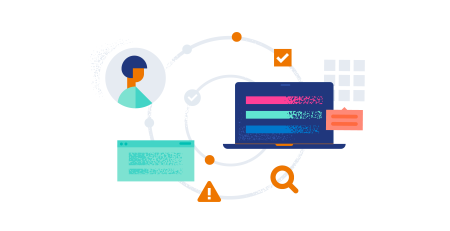


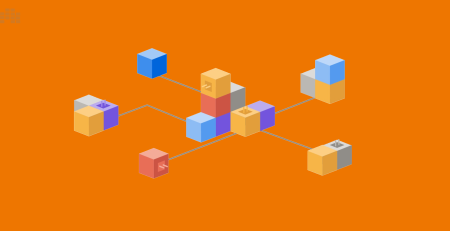

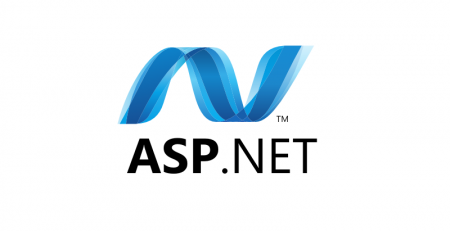
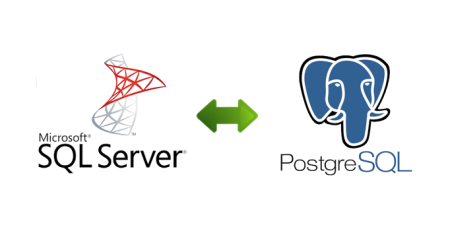
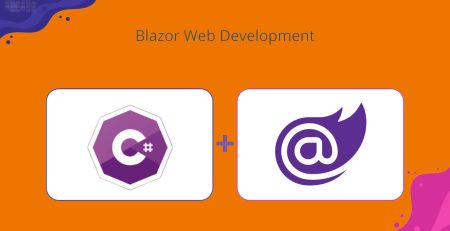
Leave a Reply